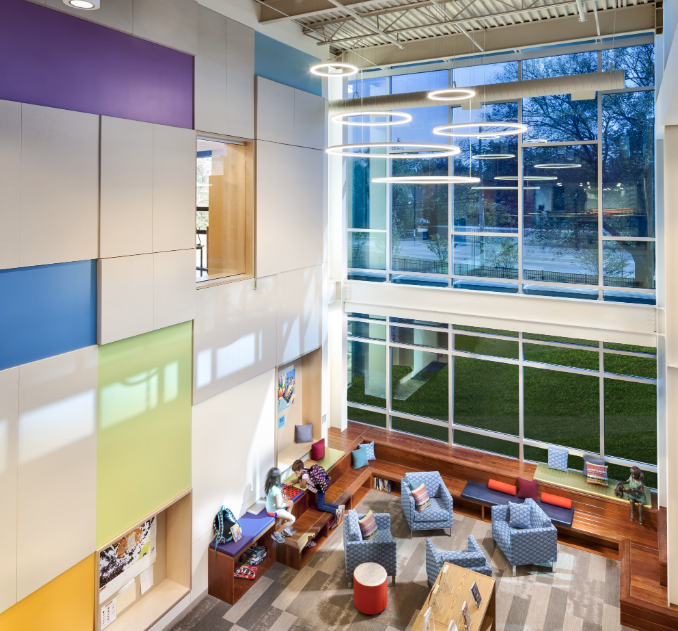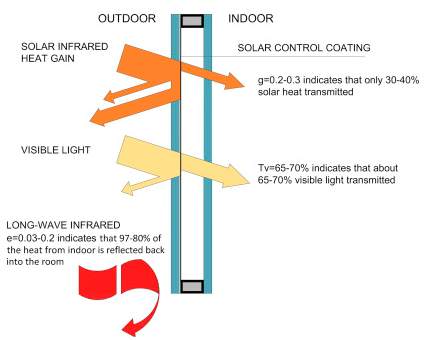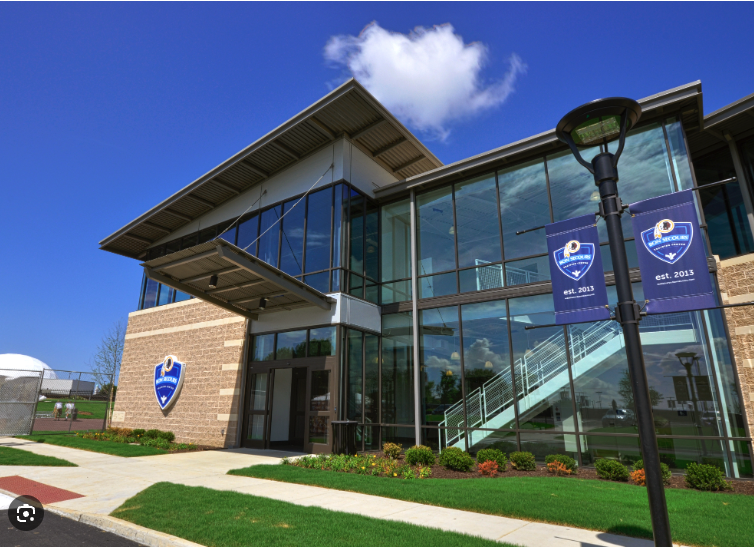Energy-efficient glass plays a pivotal role in creating sustainable and eco-friendly school buildings. By carefully selecting the right type of glass, schools can significantly reduce their energy consumption, minimize their carbon footprint, and enhance the overall comfort and well-being of occupants.
Here are some of the key benefits of using energy-efficient glass in school buildings:
- Reduced energy consumption: Energy-efficient glass can help schools save a significant amount of energy on heating and cooling. This is because it helps to insulate the building, preventing heat from escaping in the winter and keeping it out in the summer. In some cases, energy-efficient glass can reduce energy consumption by up to 50%.
- Lower carbon footprint: By reducing energy consumption, energy-efficient glass also helps to reduce a school’s carbon footprint. This is because less energy is needed to generate electricity to power the school, which in turn reduces greenhouse gas emissions.
- Improved occupant comfort: Energy-efficient glass can help to create a more comfortable learning environment for students and staff. This is because it helps to regulate indoor temperatures, preventing the building from becoming too hot or too cold. Additionally, energy-efficient glass can help to reduce glare and noise, which can create a more distraction-free learning environment.
- Enhanced natural light: Energy-efficient glass can help to maximize the amount of natural light that enters a building. This can help to create a brighter and more inviting learning environment. Additionally, natural light has been shown to have a number of positive benefits for student health and well-being.

Some of the most common types of energy-efficient glass for school buildings include:
- Low-emissivity (low-E) glass: Low-E glass is coated with a thin layer of metal or metal oxide that helps to reflect infrared radiation. This helps to keep heat inside the building in the winter and outside the building in the summer.
- Insulated glass units (IGUs): IGUs are made up of two or more panes of glass that are separated by a spacer. The spacer is filled with air or a gas, such as argon or krypton. This helps to insulate the building and reduce heat transfer.
- Solar control glass: Solar control glass is designed to reflect or absorb solar radiation. This helps to keep the building cooler in the summer.

By carefully selecting the right type of energy-efficient glass, schools can make a significant contribution to their sustainability goals. In addition to the environmental benefits, energy-efficient glass can also help schools to save money on energy costs.
In conclusion, energy-efficient glass is a critical component of any sustainable school building. By choosing the right type of glass, schools can reduce their energy consumption, minimize their carbon footprint, and create a more comfortable and healthy learning environment for students and staff.

